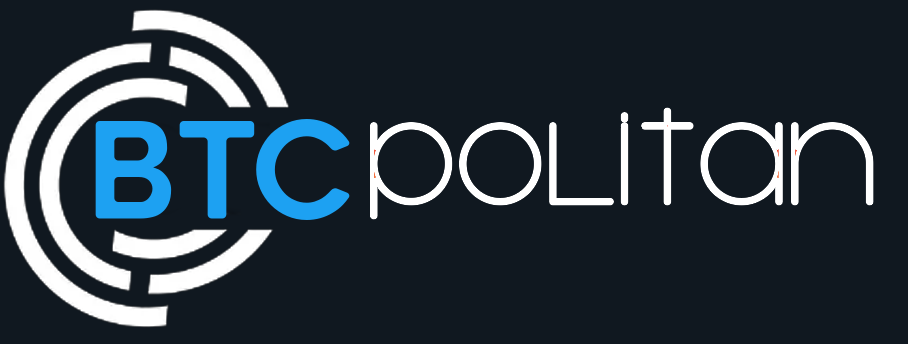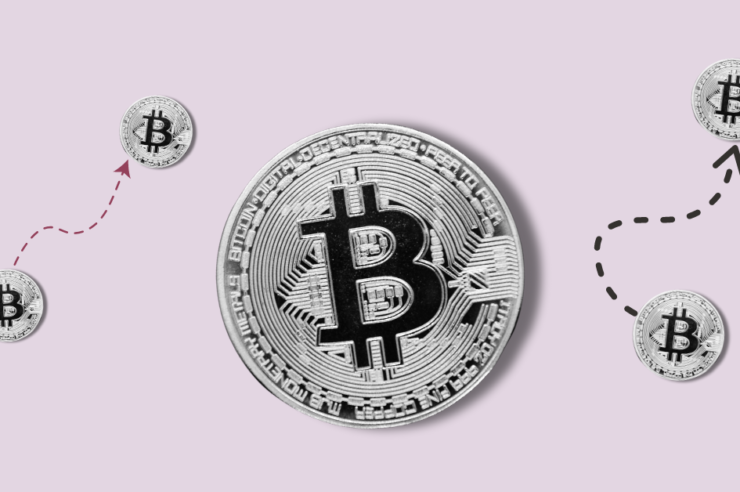A recent analysis by Visa and data platform Allium Labs has revealed that less than 10% of stablecoin transaction volumes come from real people or organic sources. The findings, reported by Bloomberg, highlight the significant role of bots and large-scale traders in the stablecoin market.
Based on the data, out of the approximately $2.2 trillion in total transaction amount recorded in April, only $149 billion came from the organic payments activities. With the help of a few exclusions, however, the researchers could isolate the transactions made by real people.
With the recent emergence of stablecoins, cryptocurrencies are pegged to some other asset class. Usually, the U.S. dollar has gained huge popularity. The stablecoin market is now worth roughly a hundred and fifty billion dollars, with tether (USDT) and USD Coin (USDC) accounting for as much as ninety-seven percent of the entire market.
The scrutiny and growth of stablecoins continue. Firms like PayPal are issuing their stablecoins along with more scrutiny. U.S. Congress weighing legislation to regulate stablecoins as the most probable cryptocurrency-related bill to pass is among the most likely to occur.
Visa’s Cuy Sheffield On Stablecoin Adoption Trends
Cuy Sheffield, Visa’s Head of Crypto, acknowledged the complexity of the data, noting that “blockchains are general-purpose networks where stablecoins can be used across a range of use cases with transactions that can be initiated manually by an end-user or programmatically through bots.”
Despite the apparent lack of organic growth in transaction volumes, the analysis found a steady increase in monthly active stablecoin users, with 27.5 million monthly active users across all chains. This suggests that while bot activity and large-scale trading dominate transaction volumes, the adoption of stablecoins by real users is gradually increasing.
Related Reading | Coinbase Facing Another Lawsuit Over Alleged Security Violations
Furthermore, the author’s views are for reference only and shall not constitute investment advice. Before purchasing, please ensure you fully understand and assess the products and associated risks.




Comments (No)